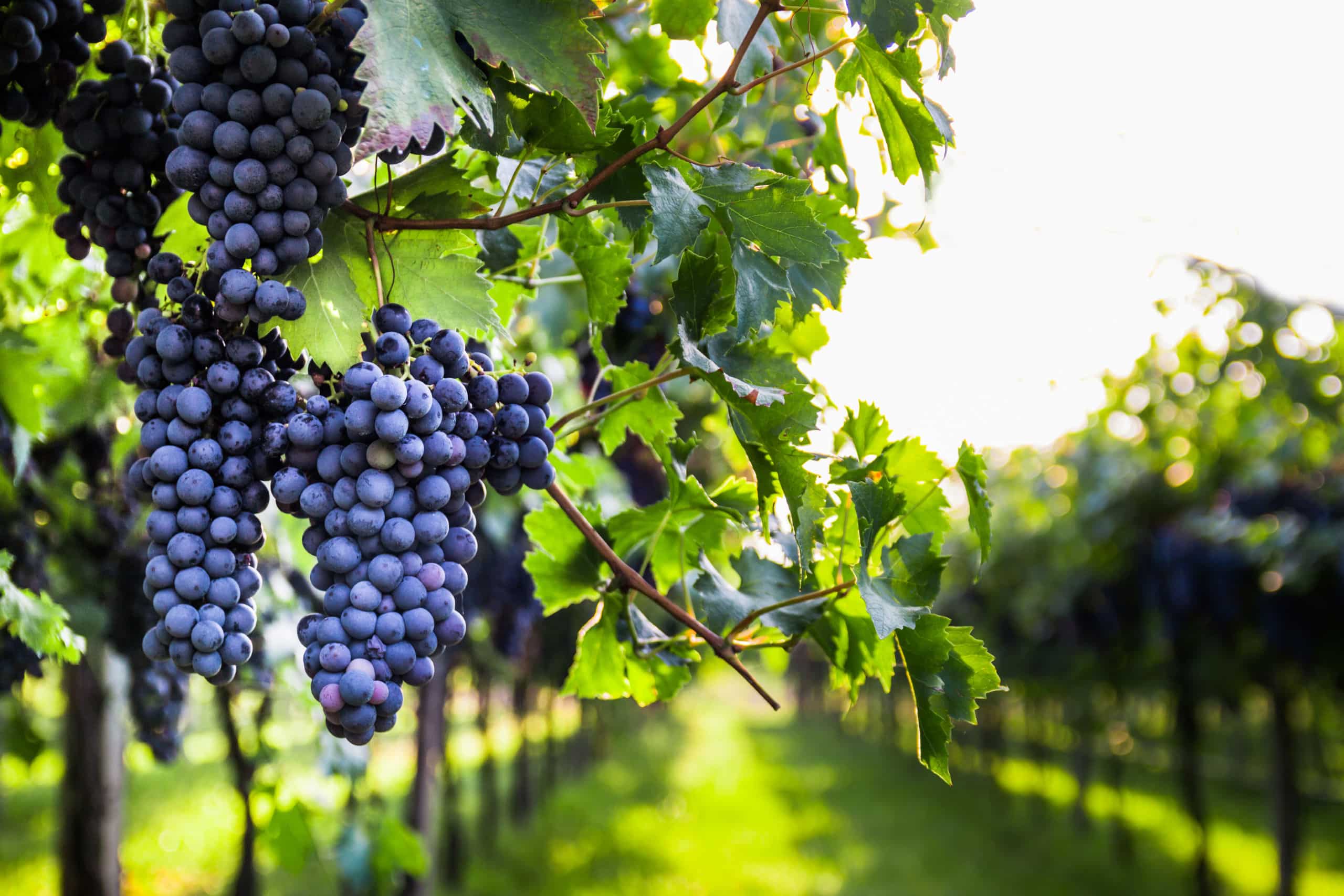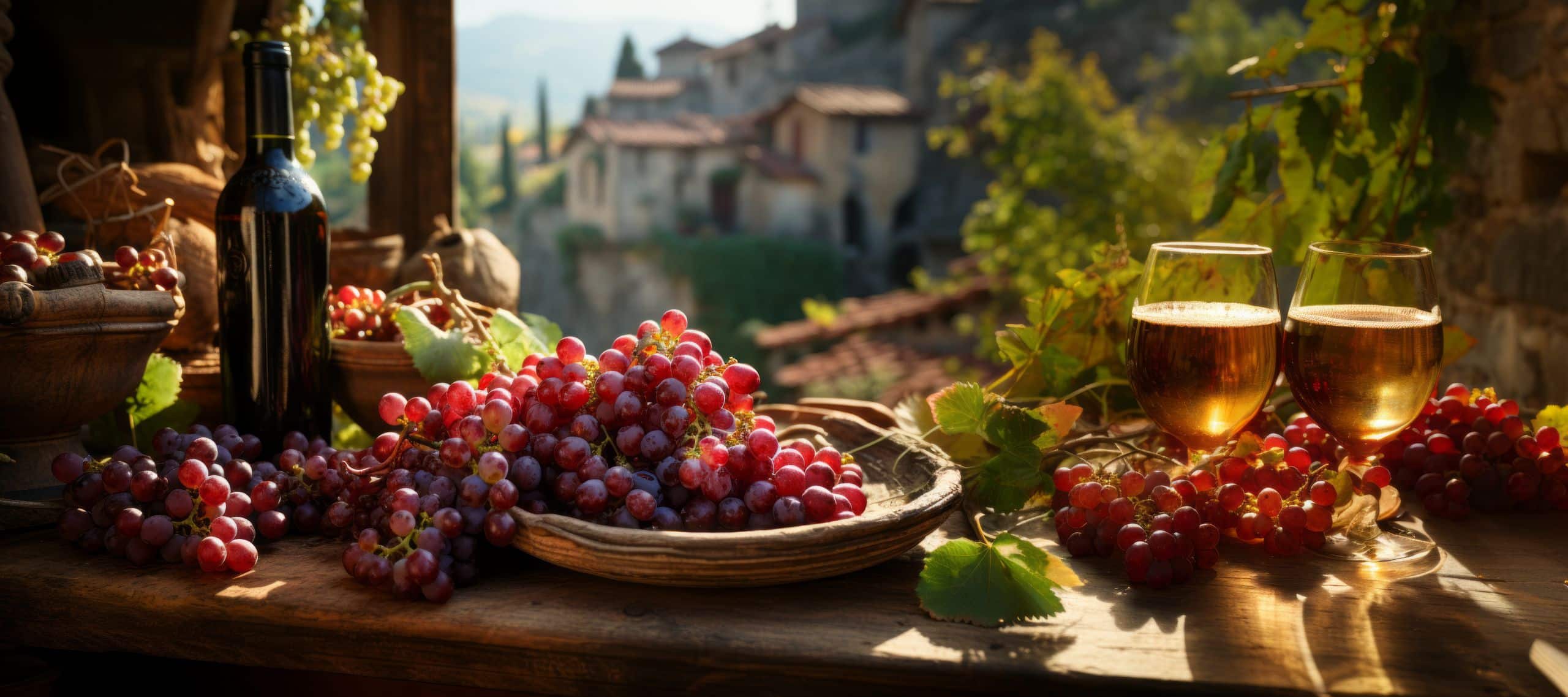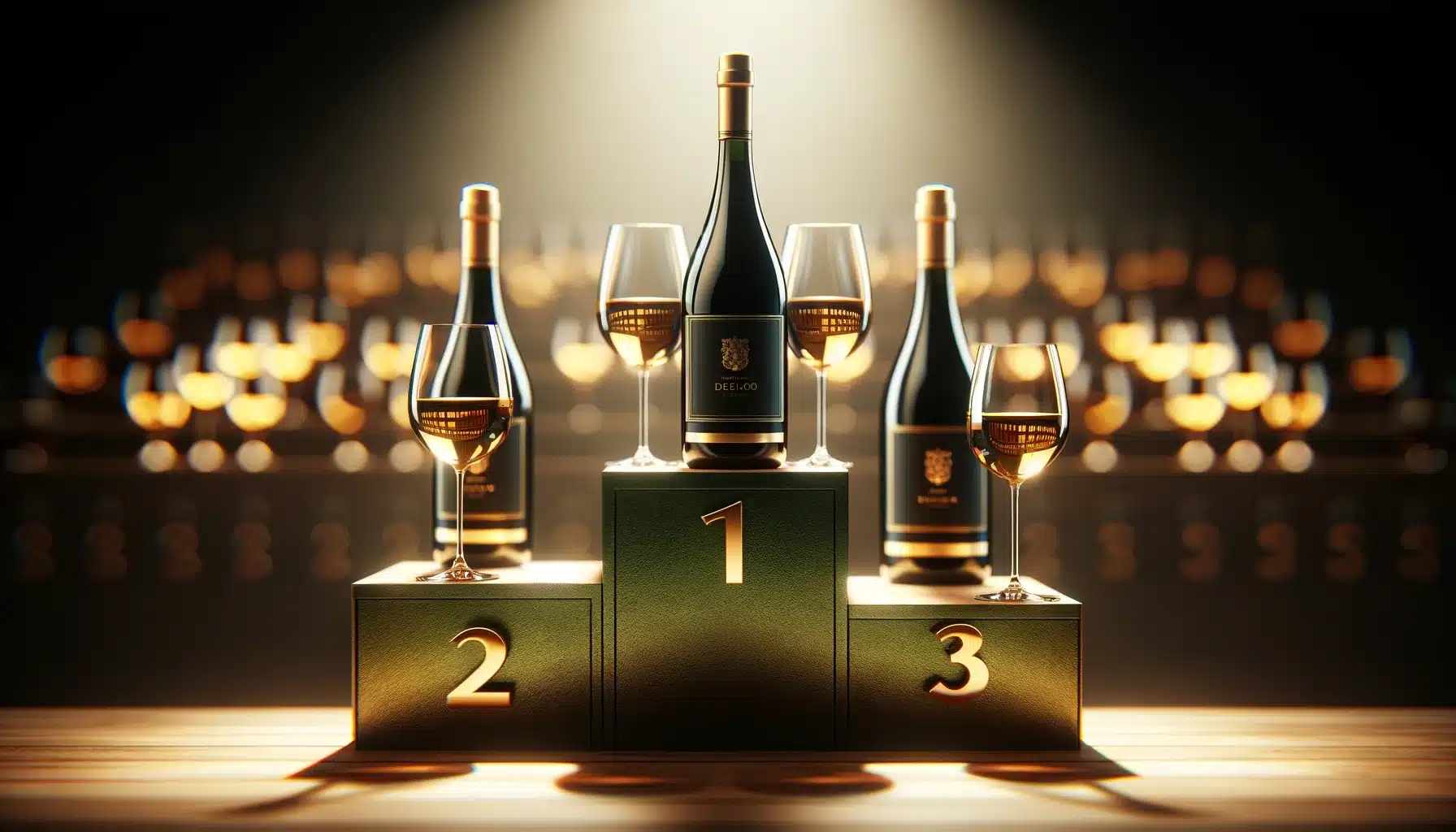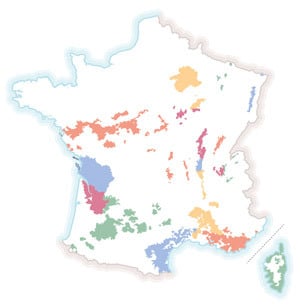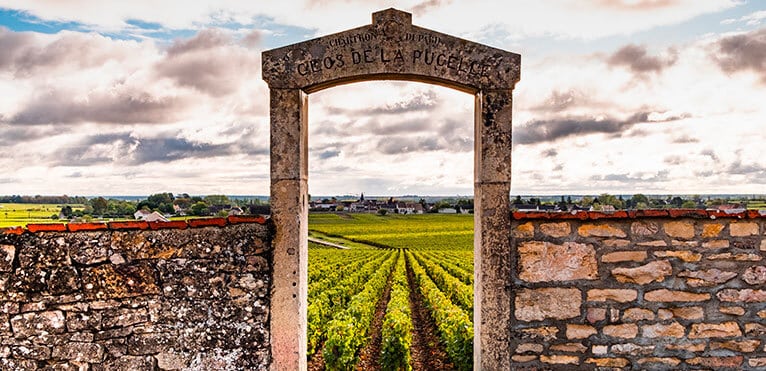
Contents
Today, the word “cru” is used repeatedly in the world of wine. It can represent a specific area (a parcel for example), the name of a domain or an appellation.
Its strict definition is to be a territory delimited for its qualities, corresponding, depending on the region, to a lieu-dit, a commune or a vineyard.
Producer rankings
The term “cru” can mean the best terroir in terms of grape quality in a production area. For example, “Grand cru”, “Premier cru” or “Cru classé” are awarded by decree according to precise specifications.
In some years, a classification of producers from the same region or sub-region is organized by winegrowers’ or merchants’ unions, and from this the Crus Classés are created. The best-known classification is that of the Bordeaux wines of 1855, where red wines are classified from 5th to 1er cru, and white wines are classified from 2nd to 1er cru (and Château d’Yquem apart as 1er cru supérieur).
Other meanings of the word
Depending on the region (Burgundy, Alsace and Champagne), the word “cru” can also have different meanings.
In Burgundy
Burgundy’s vineyards include regional, sub-regional, communal and village appellations.
Within communal appellations, the notion of climate comes into play. A cru is therefore a finely delineated territory that bears the name of a lieu-dit, or climate in Burgundy.
This hierarchy has been established since the Middle Ages and the work of monks. In 1855, Dr. Lavalle drew up a list of the best crus in his book “Histoire et Statistiques de la Côte-d’Or”. The Comité d’Agriculture de Beaune drew inspiration from this list in 1861 for the Paris Universal Exhibition. Since then, the hierarchy has remained almost unchanged.
A list formalized by decree has designated certain climats as Premier Cru. This is displayed alongside the local AOC (Pommard Premier Cru, for example). Even higher up the hierarchy, some climats are classified as Grand Cru and are appellations in their own right (Chambertin Grand Cru, for example).
In Alsace
In the Alsace vineyards, the notion of cru applies to a terroir. The region’s terroirs were classified as Grands Crus in 1975, 1983, 1992, 2001 and 2007. There are 51 of them, corresponding to localities such as Schlossberg or Sommerberg.
There’s also the Alsace Grand Cru protected designation of origin, which applies only to the four noble grape varieties: Riesling, Pinot Gris, Gewurztraminer and Muscat.
In Champagne
In this region, the term “cru” refers to an entire commune. Theoretically abandoned in 1989 by the AOC Champagne, this notion continues to be used by estates because of the prestige conferred by the “Premier Cru” or “Grand Cru” label (even if the quality isn’t necessarily there).
At the time, depending on the quality of the wines produced in a given commune (notably in terms of terroir), a scale of crus was established, ranging from 80% to 100%. A total of 44 crus between 90% and 99% have been awarded the “Premier Cru” label, while those at 100% have been awarded the “Grand Cru” label.
Photo by Flash Dantz / Unsplash
